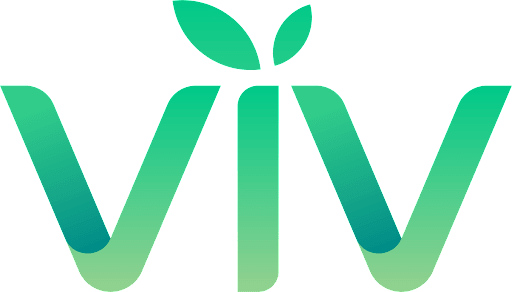Chapter 13 bankruptcy allows people who do not qualify for Chapter 7 bankruptcy (or who would prefer to repay their debts over time) to set up a three-to-five-year plan for the repayment of their debts. Chapter 13 bankruptcy has advantages that other forms of bankruptcy may not, such as making it easier to afford your monthly debt payments and helping you keep all of your assets.
Chapter 13 bankruptcy is known as a wage earner’s plan and is designed to help individuals pay back part or all of their debt over the course of three to five years. If the debtor earns a monthly income that is less than the current state median, the plan will be only for three years. If they earn more, then it will be for five in most cases.
What are the benefits of Chapter 13 vs. Chapter 7 bankruptcy?
Chapter 13 bankruptcy has several advantages to keep in mind. For example, it gives people the opportunity to prevent or stop foreclosure, so that they can keep their homes. With Chapter 13 bankruptcy, it’s possible to cure delinquencies over time, so that individuals may make up their missed payments.
Chapter 13 bankruptcy has the potential to prevent cosigner liability in some cases. Since it works like a consolidation loan, creditors and collections agents will not be in contact with you during a Chapter 13 bankruptcy case once it’s in process. Instead, they will contact a trustee who handles the payments as directed by the court.



